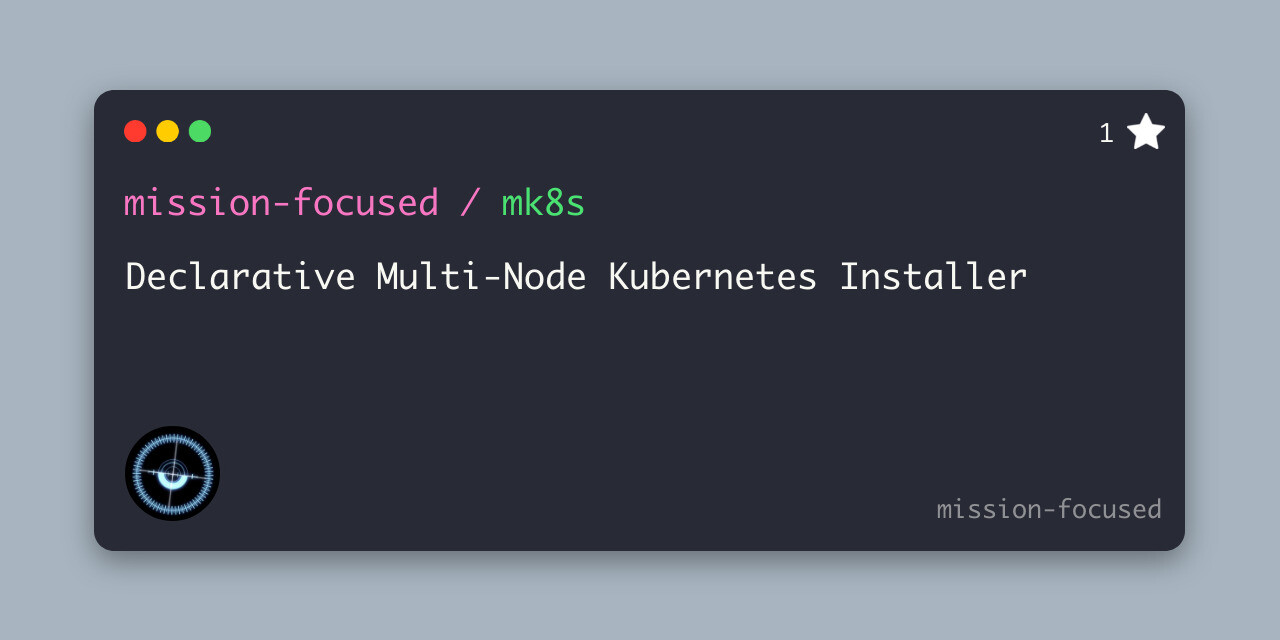
I am always looking for ways to break the extreme fundamentals of air-gapped execution into modular chunks that make application in disconnected and connected environments more capable. If you solve for the air-gap, you’ve likely solved many other delivery and orchestration problems in connected environments.
If we are talking containerized workloads services, Zarf already handles a majority of the considerations for everything post-Kubernetes (Specifically everything after the cluster has been created). What that means is there is still a gap here - we need Highly-Available Kubernetes clusters in the air-gap, and we need to be very careful to document the dependencies that get us there.
Einsteins Razor
The supreme goal of all theory is to make the irreducible basic elements as simple and as few as possible without having to surrender the adequate representation of a single datum of experience." Often paraphrased as “make things as simple as possible, but no simpler.1
I continue to battle with this when thinking about this space. When have we crossed the line and when should that line not be crossed? if it was a significant time investment, I might be more careful. But if we’ve made/make 1 persons life better - mission accomplished.
The Question
Why doesn’t this exist today? Maybe someone can provide me and others with a good answer - but I refuse to accept the ansible fulfills this requirement in full. A single binary to collect what you need and execute the orchestration across many nodes in a declarative format that does not require the operator to know much more than the distro they are orchestrating.
Enter mk8s
I wanted to take the robust air-gap processes that RKE2 already has to-date and provide it with an instruction-set that just glues the rest of the commands together across many nodes in-order to create a declarative manifest for a Highly-Available cluster.
A statically-linked binary and required artifacts are a portable tool-set that removes the need for managing/pinning dependencies for which your end-users will need to be accountable for.
I’m not going to sugar coat this - nothing here is new or novel - it’s SSH and SFTP running shell commands at the end of the day - but I really dislike the user experience that ansible has for delivering capabilities like this to end users.
Call to Action
For the observant individuals - you may have noticed this project doesn’t live under my personal Github account. Rather Mission Focused is an Organization I created with this being the initial tool to start to communicate what I hope this organization will become.
This tool needs mission focused individuals who work with this problem space day-in and day-out to find all the edge cases - and let me tell you - there will be tons and there is just as much room for contribution and participation as we look at expanding the capabilities.
Conclusion
Again - this is less of an announcement or special release as it is a reason to have a conversation. How can we do better and enable the most secure environments to expedite going from no infrastructure to having a running, highly-available environment